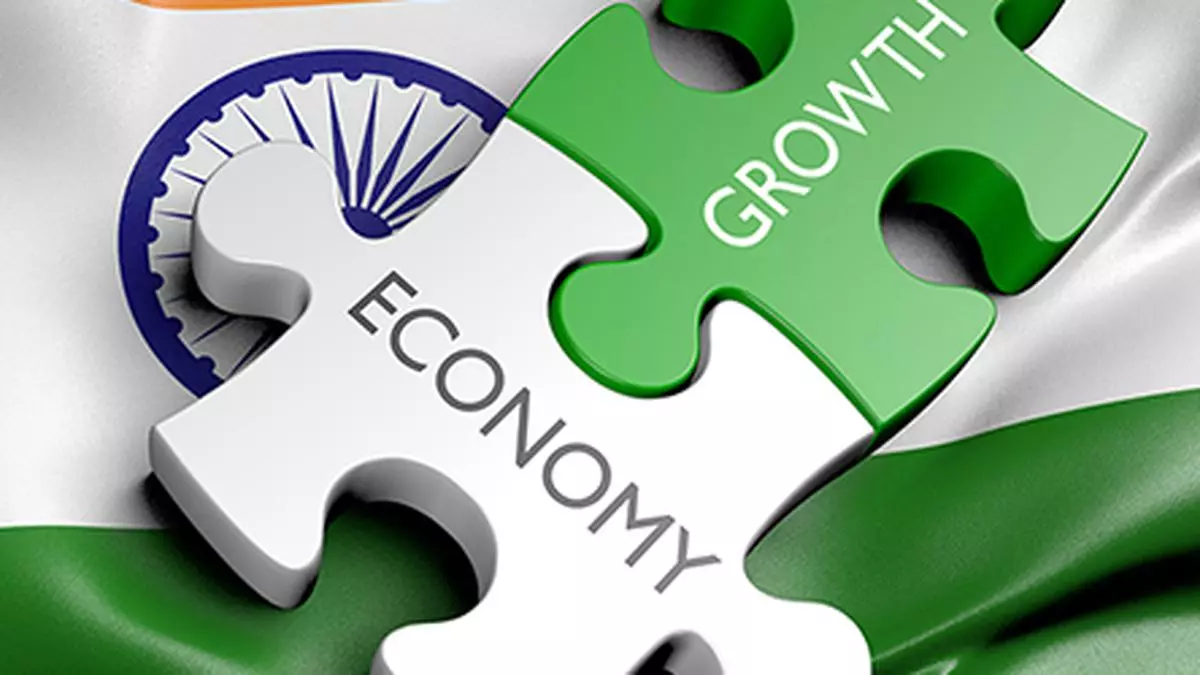India to become $10-trillion economy by 2035, forecasts CEBR
The Center for Economics and Business Research (CEBR), a reputed consultancy in the UK, said that India now appears unstoppable in its momentum to become the third economic superpower. It predicts that by 2037 it will be the third largest economy.
CEBR is one of the UK’s leading economic advisory firms, and its annual publication, the World Economic Association Table, tracks macroeconomic developments both globally and by country. It presents forecasts for 191 countries through 2037. The latest version of the report was released on Monday which also warned that the world was heading for a recession.
Highlighting the development of the Indian economy, the report said: “In 2035, we expect India to become the third $10 trillion economy. Although there are political factors that can hinder India, demographics are on its side.”
The increase in the domestic product
India ranks second in terms of population, after China. Its per capita GDP (purchasing power parity-adjusted) is estimated at US$8,293 in 2022 which puts it in the group of lower-middle-income countries.
Over the next five years, the annual rate of GDP growth is expected to average 6.4 percent, after which it is expected to average 6.5 percent in the subsequent nine years. This growth trajectory will see India rise from the fifth position in the World Economic Association table in 2022 to the third position in the world rankings by 2037.
According to the report, the pandemic has had a particularly devastating impact in absolute terms, and India also has the third highest death toll globally. This, in turn, has led to a significant drop in economic activity, with output contracting by 6.6 percent in the 2020-2021 fiscal year.
This was followed by a sharp recovery in economic activity, supported by high domestic demand, as the pandemic subsided, leading to a GDP growth of 8.7 percent in the 2021-22 fiscal year, making it the fastest growing major economy in the world.
We still expect growth in fiscal 2022-23 to remain strong, at 6.8 percent, despite slowing global demand and tightening monetary policy to curb inflationary pressures. This, in turn, would raise output by 8.4 percent above 2019 levels, the report said. Output growth is expected to moderate in the 2023-24 fiscal year, with the CEBR forecasting a growth of 5.8 percent, as accelerated price levels impact domestic demand.
Retail inflation
The report noted that although retail inflation, based on the Consumer Price Index (CPI), was above the upper tolerance level of 6 per cent during the year, it was lower in India than in most other large economies.
Moreover, much of India’s current rate of inflation reflects rising food prices, which is an irregular component but also accounts for a larger share of the consumer basket than any other country in the G-20. However, rising inflation has been mitigated by India’s discounted purchase of Russian energy.
The Reserve Bank of India raised interest rates to bring inflation back to the target range. The report said that higher borrowing costs will affect public debt, especially on top of expanded spending on infrastructure and targeted fiscal measures.
Government debt currently stands at 83.4 percent of GDP, with a fiscal deficit as high as 9.9 percent of GDP in 2022. Fiscal consolidation will ultimately be necessary to ensure that debt levels do not destabilize the economy.
